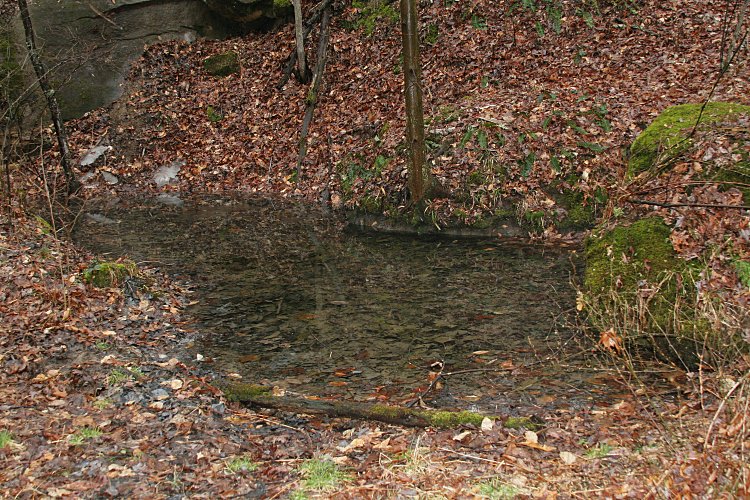The body is black with light bands of varying widths running across the back.
Marbled salamander biome.
Background marbled salamanders are distributed across the eastern us from new hampshire to northern florida and west to lake michigan in the north and texas in the south 1 the species generally inhabits deciduous forest and prairie and is absent from much of the appalachian mountains 1 2 in massachusetts it is present at relatively low abundances partially due to being at the extreme.
Deciduous and mixed forests adjacent to vernal pools.
Marbled salamanders grow to about 3 5 4 25 in 9 10 7 cm in size and are stout bodied and chubby in appearance.
The marbled salamander is one of many amphibians found in the bottomland hardwood forests of mississippi.
Eggs are laid in the fall under coarse woody debris while the pools are dry.
These salamanders are occasionally can be found around dry hillsides but never far from a moist environment.
Petranka 1998 unlike most other mole salamanders this species does not breed in water.
Adults can grow to about 11 cm 4 in small compared to other members of its genus.
Like most of the mole salamanders it is secretive spending most of its life under logs or in burrows.
Larval marbled salamanders are difficult to distinguish from other ambystoma salamanders of nh spotted blue spotted and jefferson salamanders.
Habitat photo for marbled salamander courtesy of rebecca chalmers.
Adult marbled salamanders live in damp woodlands often close to ponds or streams.
Female guards the eggs until pool is flooded.
This species is sexually dimorphic males tend to have white crossbands and females tend to have gray silvery crossbands.
These salamanders are occasionally can be found around dry hillsides but never far from a moist environment.
In addition mosquito control efforts including insecticide spraying should be restricted in the areas these salamanders occur.
They can be identified by their black dark brown body including its venter with light white silvery crossbands on the dorsum.
However because marbled salamanders are the only fall breeder larvae encountered in vernal pool habitats in winter or early spring february april prior to other salamanders breeding are likely to.
Adult marbled salamanders breed only in.
What kind of habitat do they need.
Overall they are more tolerant of dry habitat than many other salamanders due to their burrowing ability.
The marbled salamander is a stocky boldly banded salamander.
Marbled salamanders prefer to reside in damp woodlands that are close to floodplain pools and ponds.
They are occasionally spotted on dry hillsides but rarely stray far from moist environs.
Petranka 1998 unlike most other mole salamanders this species does not breed in water.
Marbled salamander locales including breeding ponds and terrestrial habitats should be protected from development habitat degradation and the reduction of water quality.
Adult marbled salamanders live in damp woodlands often close to ponds or streams.

